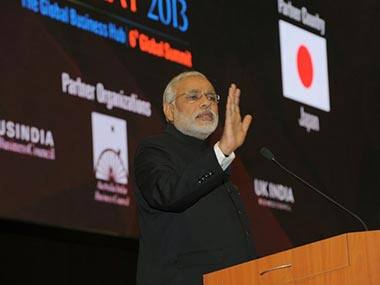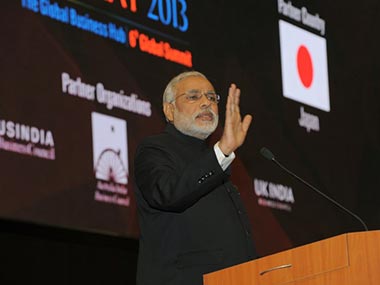Editor’s note: a version of this piece was published earlier. The counting trends that are showing a clear rout for the BJP offers a number of points to ponder. As Lokniti’s Sandeep Shastri observed, the lethal combination of “corruption, infighting and non-performance” has spelt certain doom for the BJP party. The voters may forgive any one failing — including corruption — but not an administration that falls prey to all three. Governance it seems is the most important factor. But with Narendra Modi whose plank is governance, as their frontrunner for the PM gaddi, and pitted against a flailing UPA, the BJP doesn’t need to be reminded of the obvious. The national leadership may, however, want to pay closer attention the lesson their own local party has taught Karnataka voters. “Speaking as a Bangalorean and as a resident of the state, I speak for a large number who want one party to get a significant majority,” declared Ramchandra Guha, “If particularly the JDS or the KJP or god forbid the Reddy brothers are in a position to supply those extra five or seven seats required for a simple majority, the kind of rent seeking these kinds of units can extract is too terrifying to contemplate. So whatever party, whether it is the BJP or the Congress or the JDS, one would be much more comfortable if one of them crosses the halfway mark.” This makes perfectly good sense. Unstable, coalition governments offer a free pass for political blackmail, offering small parties a free pass to gouge disproportionate benefits in reward for their support. These dynamics in turn creates perfect conditions for rampant, unchecked corruption even as they steadily erode the government’s ability to govern. [caption id=“attachment_730845” align=“alignleft” width=“380”]  Narendra Modi in this file photo. AFP[/caption] While Guha doesn’t connect the dots, the AIADMK-DMK monopoly offers at least one reason as to why Tamil Nadu has fared far better than its neighbour. “There may be wholesale corruption in Tamil Nadu,” points out Guha, “but social services work.” Moreover, this desire for political clarity is not just a Karnataka phenomenon, argues Telegraph editor Manini Chatterjee: “People have got tired of this coalition politics where small parties seek their pound of flesh. We saw it in UP, we saw it in Bihar, and in Karnataka where identity politics led three or four parties coming on. Increasingly Indian electorates in the states are voting clearly.” But are we ready to move to the same conclusion at the national level? There is no party better placed to answer the question than the BJP. Right now, party honchos are dithering over naming Modi as their prime ministerial candidate. He is their best bet for a decisive BJP victory — which is remote but not impossible — and yet his selection will likely jeopardise the second-best outcome, ie a successful NDA alliance. Hence, the party leadership plays coy about Modi to appease its allies, even as it secretly views him as the messiah who can rescue the party from the drudgery of coalition dharma. If Modi is indeed the inevitable leader of the BJP come 2014, it may be time to decisively put all the BJP eggs in the NaMo basket. To go it alone as a national party, while keeping open the door to a post-election coalition. And while leading the charge, Modi can connect the dots between the governance plus anti-corruption message and the toxicity of coalition politics. He can argue that scandals like 2G etc are consequences of a national government hamstrung by base electoral calculations, and that a Centre held hostage by allies has allowed them run amok at the expense of the nation. What India needs is a one party government led by one leader to take charge and deliver results. The argument has one other selling point: it hews more true to Modi’s personality and appeal than any attempt to project him as a successful team leader of a diverse and unwieldy coalition. It’s a high-risk strategy but not a close-ended one. If the BJP under Modi’s leadership fails to gain a significant number of seats, the same leadership can turn to Modi and argue that he has been given his shot at greatness. That it is time to step aside so the party can build the alliances it needs to form the government. In politics, options are always open, as are allegiances. But victory requires timing and courage. After two terms of the UPA, the national electorate is perhaps the most receptive to an anti-coalition message. And the BJP has the right man to deliver it. They have luck on their side, but can they muster the pluck?
Voters in state elections are voting against coalition governments. And after 2 UPA terms, a Modi-led BJP can make the argument that the national electorate should do the same.
Advertisement
End of Article


)
)
)
)
)
)
)
)
)



